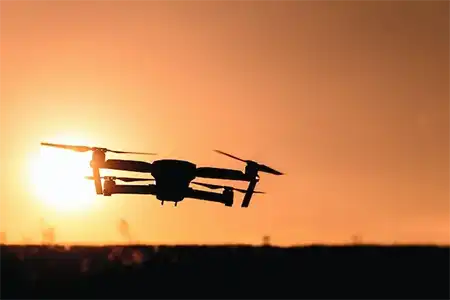As of February 1, 2024, the FAA implemented significant changes to the B4UFLY app, aiming…

Maintain Situational Awareness
Under FAA Part 107, ensuring remote pilots maintain situation awareness is critical for safe and effective drone operations in the United States. Situational awareness refers to the pilot’s ability to perceive, comprehend, and project factors that affect the drone, its surroundings, and potential risks.
Remote pilots are responsible for continuously assessing various elements during flight. This includes monitoring the drone’s position, altitude, speed, and battery life to ensure safe operation within the designated airspace. Remaining vigilant about weather conditions is paramount, as changes in wind speed, precipitation, or visibility can significantly impact flight safety.
Furthermore, to maintain situational awareness of the surrounding environment is crucial. Remote pilots must actively scan for obstacles, such as buildings, trees, power lines, or other aircraft, to prevent collisions. Understanding the dynamics of the flight area, including nearby structures, terrain variations, and potential hazards, enables pilots to make informed decisions and navigate safely.
Real-time assessment of potential risks and adapting to dynamic situations are essential components of situational awareness. This includes promptly responding to unexpected events, such as sudden weather changes or the presence of unauthorized individuals in the flight vicinity, to ensure the safety of people and property.
To enhance situation awareness, remote pilots undergo training that emphasizes the development of observation skills, decision-making abilities, and the utilization of technological aids like radar systems, GPS, and drone sensors. Continuous education and experience contribute to improving pilots’ ability to maintain heightened situational awareness and make informed decisions throughout drone operations in the U.S.



